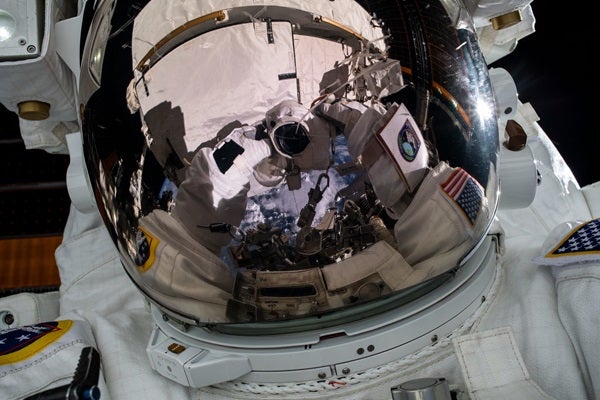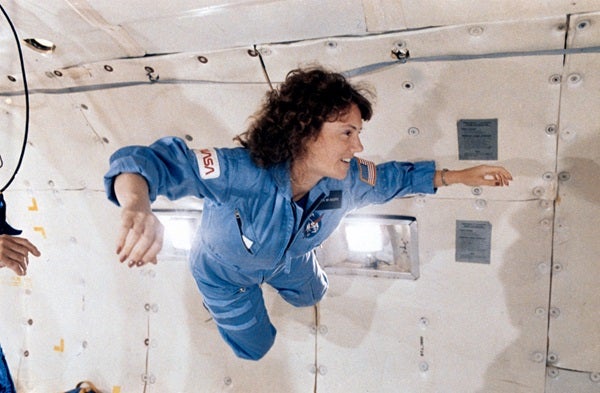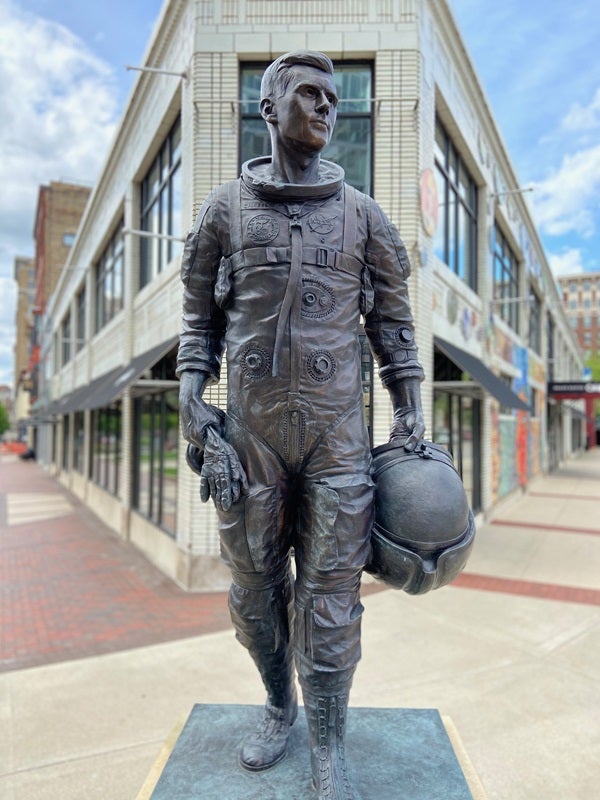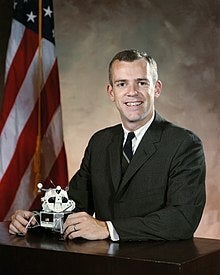Although all of the ill-fated Challenger crew were undoubtedly heroes, it’s fair to wonder whether or not McAuliffe ever officially earned the title of astronaut. While many would argue that McAuliffe indeed fit the bill — given her specialized training and eventual launch aboard an actual spacecraft — most organizations that govern such titles would say that McAuliffe never made it to space. Therefore, she was not an astronaut.
A line in the sky
While there is no exact boundary that demarcates where sky meets space, for a person to be considered an astronaut, certain limits or thresholds must be surpassed.
In general, Americans who fly above the altitude of 50 miles (80 km) are considered to have earned the title of astronaut — a decision partially made to honor the three pilots who flew the X-15 rocket plane above this altitude. However, NASA Mission Control has previously adopted an altitude of 76 miles (122 km) to be the boundary of space. Outside of the U.S., the Federation Aeronautique Internationale has declared 62 miles (100 km), known as the Kármán line, to be the boundary of space.
By any of these definitions, however, McAuliffe, along with her first-timer crewmates Mike Smith and Greg Jarvis, did not fly in space and should not be considered astronauts.
This seems fair, as simply training for spaceflight does not confer astronaut status. Still, NASA literature refers to people accepted into training as being members of an astronaut class, and sometimes refers to people training for spaceflight (but who have not yet flown in space) as astronaut candidates, members of an astronaut group, or simply as astronauts.
This ambiguous terminology blurs the line, possibly for public relations and/or morale-boosting purposes. From a certain point of view, NASA uses the term astronaut as a job title, not necessarily to describe someone who has gone to space. And to make matters even more nebulous, people who fly in space are further subclassified based on how they get there — for example, commercial astronauts versus private astronauts.
Unfinished symphonies
Beyond this point, it is interesting to look at some specific people who were accepted to a NASA astronaut class, yet never actually flew to space. The reasons these individuals never breached the heavens are diverse and compelling, and they shed light on some of the pitfalls and perils of pursuing a career as an astronaut.
Some were tragically lost before they ever got a chance to fly to space. Rookie Roger Chaffee (along with spaceflight veterans Gus Grissom and Ed White) died during the Apollo 1 fire in 1967. Elliot See and Charlie Bassett, on the other hand, were training to fly during project Gemini when they died in a T-38 jet crash at Lambert Field, literally impacting the McDonnell-Douglas plant where their capsule was being assembled. Their colleagues Ted Freeman and C.C. Williams also died in T-38 crashes.
Meanwhile, Edward Givens, who was training to fly during the Apollo Program, was killed in an automobile accident when his car went into a ditch. Patricia Robertson, who was to fly to the International Space Station, died following a private plane crash.
But a premature death isn’t the only thing that can prevent an astronaut candidate from making it to space. Some roadblocks are political and even emotional.
Ed Dwight was an African American pilot in the U.S. Air Force who had been selected by the Kennedy Administration to undergo astronaut training at the Aerospace Research Pilot School. However, he was ultimately not selected by NASA to join an astronaut training class, so he never flew in space. Dwight had been heavily featured in the media as the first “Black astronaut.” And some felt that the racial politics of the time kept him from getting the greenlight, though others dispute that claim.
American fighter ace and test pilot Chuck Yeager, who famously was the first person to break the sound barrier, was not even considered for astronaut candidacy, as he was not a college graduate. (Yeager, who epitomized what author Tom Wolfe called “The Right Stuff,” passed away this week at the age of 97.)
Similarly, Philip K. Chapman, a classmate of O’Leary who was also chafed at what he felt was NASA’s less-than-serious approach to science, worked his way out of a trip to space. Not only did Chapman clash with the then-head of the astronaut office, Deke Slayton, he was also openly derisive of the Space Shuttle. Chapman (who even described himself as “insubordinate”) resigned from NASA before flying to space, ultimately becoming a critic of the space agency.
According to Chris Flynn, a psychiatrist and former NASA flight surgeon, “I would imagine that the scientists who did not fly found the wait too long compared to their career interests.”
Perseverance pays off!
It’s also worth mentioning some of those who accepted living in the gray zone between astronaut and non-astronaut for an inordinate amount of time.
Per Flynn: “An individual must defeat overwhelming odds to become an astronaut, so they tend to persevere. They will not relinquish the goal of flying in space without a tremendous fight to succeed.”
A prime example of this is Deke Slayton, mentioned above. Slayton was accepted to fly during the Mercury program, but a heart condition grounded him for 13 long years. Eventually, though, he got the last seat on the last flight of the Apollo program: the Apollo-Soyuz Test Project. Don Lind, meanwhile, waited a mind-boggling 19 years at NASA before he finally rode a shuttle into orbit.
The personal journeys and challenges of those above show that being accepted into a NASA astronaut program is not a guarantee you’ll actually make it to space. However, even though they never earned an official designation of astronaut, these candidates undoubtedly exemplified the spirit behind the word.
Doug Adler is the co-author of From The Earth to the Moon: The Miniseries Companion













